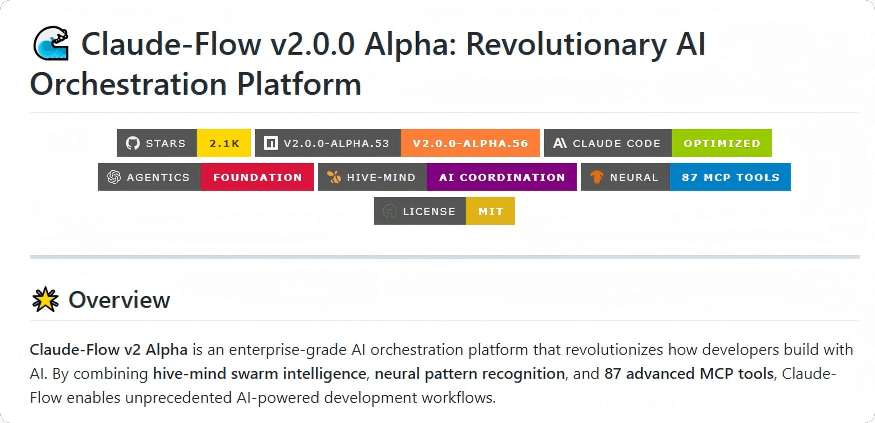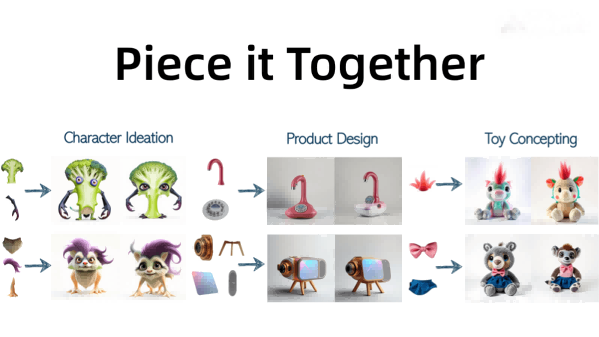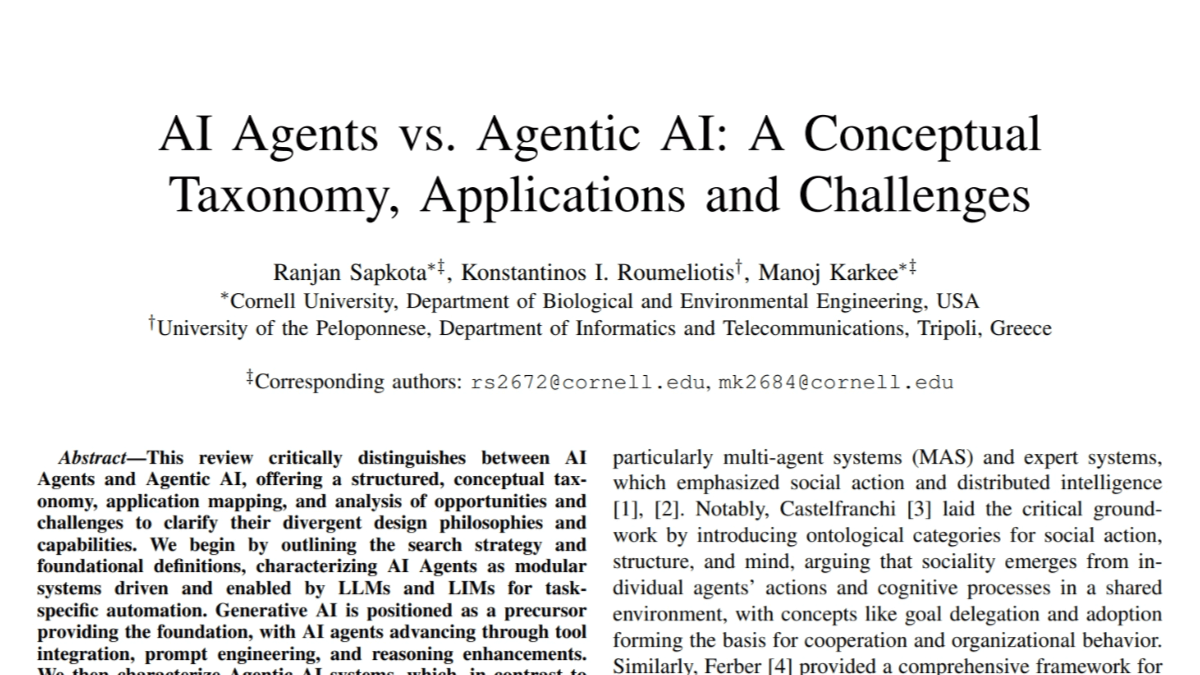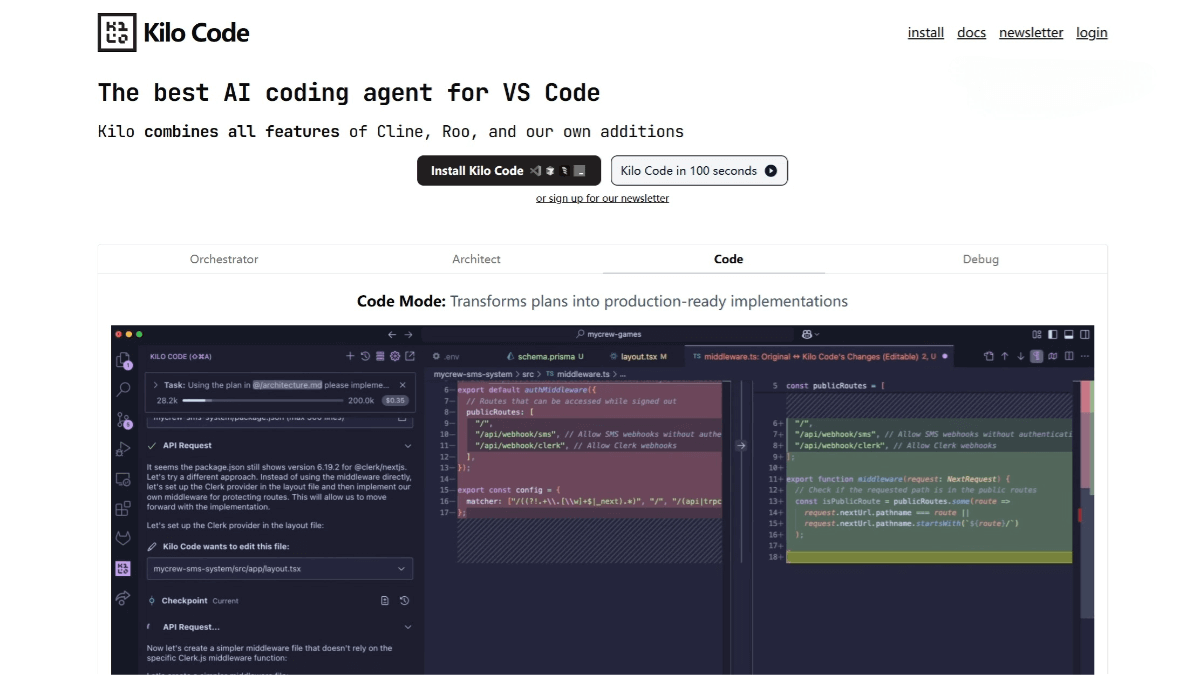Claude‑Flow: A Hive-Mind Toolkit for Multi-Agent Programming Automation
What is Claude‑Flow?
Claude‑Flow is an open-source AI coordination platform developed by ruvnet, designed to build multi-agent (swarm/hive-mind) systems for automating tasks such as coding, testing, and deployment. Currently in v2.0.0 Alpha, the project has garnered over 2.1k stars and 350+ forks, positioning itself as a powerful enterprise-grade AI orchestration tool.

Key Features
-
Hive-Mind & Swarm Coordination
-
A “Queen-agent” orchestrates multiple sub-agents to work collaboratively using self-organizing behaviors.
-
Supports both transient swarms (for fast tasks) and persistent hive-minds (for long-term, complex workflows).
-
-
MCP Toolset
-
Integrates 80+ MCP (Model Context Protocol) tools for memory management, automation, GitHub control, and more.
-
-
Persistent Memory via SQLite
-
Stores project memory across sessions in
.swarm/memory.dbusing structured tables to enable long-term task context and continuity.
-
-
Hooks & Lifecycle Automation
-
Supports
pre/posthooks to auto-run configurations, track workflows, and handle errors gracefully.
-
-
GitHub Integration
-
Offers six GitHub interaction modes: PR handling, issue tracking, release publishing, project sync, and more.
-
-
Neural Net & SIMD Acceleration
-
Built-in support for 27+ neural models, using WebAssembly + SIMD to speed up pattern recognition and learning.
-
-
High Performance Gains
-
Achieves 84.8% solve rate on SWE‑Bench with 2.8×–4.4× execution speed improvements using parallel swarm mode.
-
How It Works
-
Multi-Agent Architecture: Utilizes swarm/hive-mind hierarchy where a “Queen” agent coordinates sub-agents that self-organize and divide tasks.
-
MCP + Hook Protocols: Combines Model Context Protocol with lifecycle hooks for invoking tools and managing complex workflows.
-
SQLite Memory System: Persistent memory across projects ensures agents can “remember” past decisions and context.
-
WASM-Based Neural Models: Uses lightweight, in-browser/in-terminal neural networks for fast learning and execution via SIMD.
-
Parallel Task Execution: Optimizes multi-threaded swarm logic for parallel agent deployment and topological self-balancing.
Project Links
-
GitHub Repository: ruvnet/claude-flow
Application Scenarios
-
Automated Code Generation & Deployment
-
Rapidly builds REST APIs and microservices using swarm parallelism.
-
-
DevOps Pipelines with Multi-Phase Agents
-
Assigns roles like coordinator, coder, tester to agents for parallel execution of CI/CD workflows.
-
-
Continuous Learning & Optimization
-
WASM neural agents adapt through swarm learning to improve code quality and response time.
-
-
Autonomous GitHub Project Management
-
Tracks PRs, issues, and releases autonomously for hands-free repository control.
-
-
Research & Information Gathering
-
Hive-mind agents extract insights from documents, competitors, or academic material through collaborative analysis.
-
Related Posts




